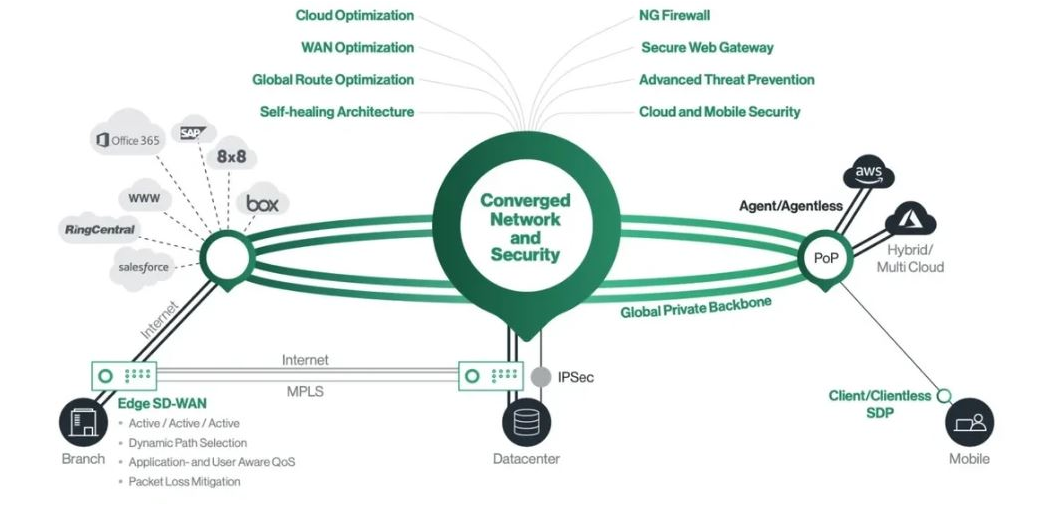
Our SD-WAN technology supports quality of service by having application level awareness, giving bandwidth priority to the most critical applications. This may include dynamic path selection, sending an application on a faster link, or even splitting an application between two paths to improve performance by delivering it faster.
• Works on Centralized Policy enforcement through Orchestration
• Encrypts traffic (SSL, TLS and IPsec)
• Provides end-to-end user or application-based network segmentation
Hardware Device, Traffic & Network Health Monitoring on Daily, Weekly, Monthly & Yearly basis for
• Device Memory Usage (graphical)
• Load Average (graphical)
• CPU Temperature / Utilization (graphical)
• Hard Disk Utilization (graphical)
• Physical Interface Monitoring like LAN & WAN Ports
Tunnel Status - Provides Google Map location of tunnel connectivity and information regarding technical aspects of tunnel like
› Source IP
› Source Port
› Destination IP
› Destination Port
› Protocol
› RX – DL , TX - UL (bytes)
› RX – DL , TX - UL (speed)
SMS and Email alerts available for all monitoring processes. In case of warning alarm, SMS/Email is sent as per alert configuration.
SD-WAN provides following security levels
• SD WAN Tunnel Data Encryption AES-256 bits
• API Encryption on SSL TLS 1.3
• MAC address based secure Access Control for Edge end-points
• Unidirectional measurement and steering (Can be different upstream and downstream path, Asymmetric) on Edge end-points Tunnel sessions with multiple WAN links
Enables use of multiple WAN links to support the same SD WAN Tunnel session.
Aggregation: Utilize all available network data rates to enhance performance and enable maximum bandwidth usage. In addition, Hybrid Connections can be used for both SD-WAN and Local Users. Eg: If there are 4 different bandwidth links, 1Mbps each, it will create one single link for aggregation to boost bandwidth upto 4Mbps.
Other functionalities include..
• Deduplication
• Compression
• Encrypted traffic support such as HTTPS
This allows multiple entities to work into a single instance of a software application. With each entity being called as a tenant, they only have access to their own software instance and they cannot view or access other entity data which is managed by Orchestration.